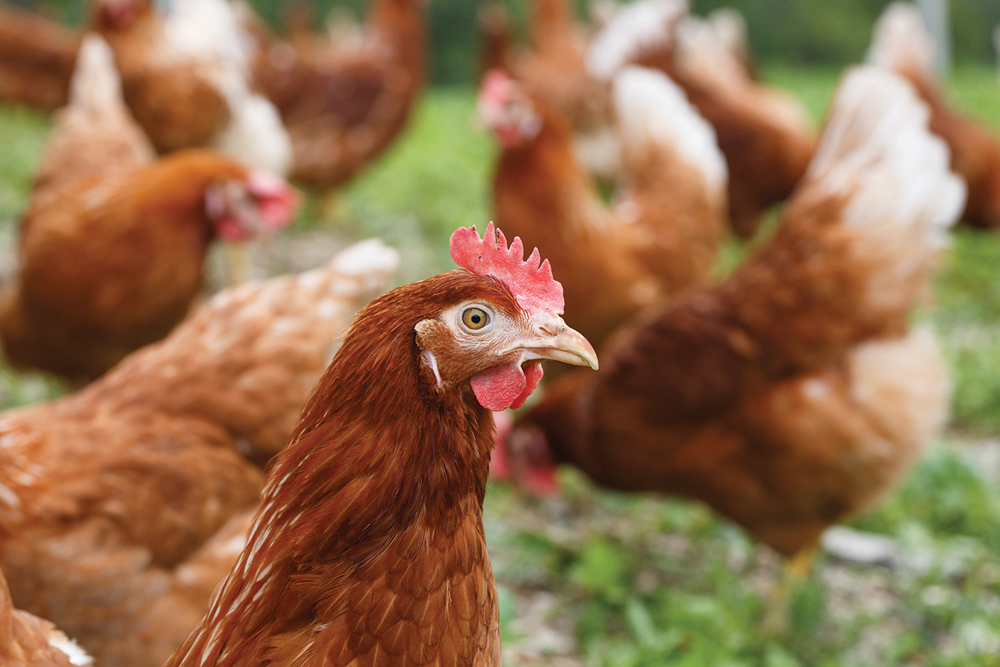It’s not good when a fungus contaminates crops.
Safe native fungi, however, show promise in the fight against toxic fungal contamination.
One such harmful fungus is Aspergillus flavus, which can infect several crops, including corn, other cereal crops and some legumes.
Some varieties, or strains, of A. flavus produce aflatoxins. Aflatoxin contamination costs farmers billions of dollars every year and are harmful for humans and animals.
To reduce aflatoxin contamination of crops, farmers use safe commercial strains of A. flavus. These biocontrol strains do not produce aflatoxins.
Read Also

What is perfect Christmas weather?
What is ‘perfect’ Christmas weather on the Prairies? Here’s where you should head this holiday, according to historical weather data.
However, commercial strains may not be the only answer. A new study shows that using safe, native strains of A. flavus can be as effective, or even more effective, than commercial strains.
“Using native A. flavus strains could have many advantages,” says Ignazio Carbone, of North Carolina State University. “Native strains may be better adapted to the soil type and weather conditions. Therefore, they may perform better in the field compared to non-native strains.”
One key advantage of the native strains is they appear to be more persistent in the soil due to their better adaptation, which means they may not require costly annual applications like the commercial strains.
Unexpectedly, the study also showed that certain combinations of native strains are more effective than commercial strains in reducing aflatoxin levels. That’s because the combinations take advantage of fungal biology: their mating types are compatible, allowing them to reproduce and sustain their population.















